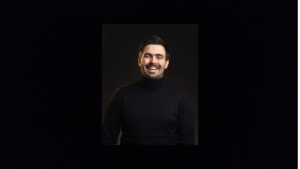By NDA columnist Tom Ollerton, founder, Automated Creative
Julie Austin is the Marketing & Digital Director of Bravissimo, looking after ecommerce and marketing for the brand in the UK and the US. Her approach to the customer journey is to slow down and create “positive friction” which will lead to increased brand loyalty and deeper connections with consumers. She has two top marketing tips, covering work attitude and brand ethos.
When she worked at Mamas and Papas, Julie was able to study for a Master’s Degree in Retail Leadership. As part of it, she heard a talk by Steve Finlan, at the time CCO at Clark’s, whose advice – “Progress, not perfect” – has become one of her mantras.
In day-to-day marketing operations, the concept of not striving for perfection, but instead progressing in line with what consumers would expect of your brand, is more useful. Julie uses it as a constant sense check, in contrast with the obsession with perfectionism that she thinks many marketers suffer from.
Her key question is always around how whatever new initiative fits with what consumers would expect from the brand. If it’s in line with the brand ethos, then it’s progress, even if it’s not 100% perfect.
Second to this advice, Julie also quotes Dolly Parton quite often! As the original personal marketer, Dolly’s saying that most applies to Julie’s brand management strategy is: “Find out who you are and do it on purpose.” This means defining brand goals, what you stand for and how you want to be perceived, and then acting accordingly.
For Bravissimo, this means adopting a positive friction approach to the consumer journey, which involves slowing down the consumer and allowing them to learn more about the brand and how they can help, before going through the buying process and straight to check-out. While the latter will lead to good conversion rates, Julie says that brands need to decide what metrics are important to them.
It’s absolutely fine to focus on conversion, but for her, customer retention and loyalty are the main priorities. Through a slower purchasing journey, conversion rates might drop, but return customers have increased for Bravissimo, making those transactions more profitable and the connection with their customer base stronger and more durable.
Listen to more tips from Julie on how to develop personal branding, why friction can be a good thing, and more, on the podcast here.









